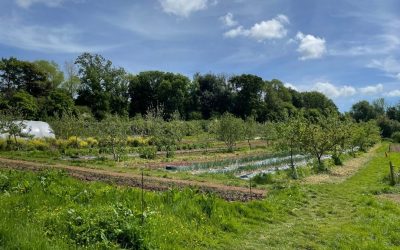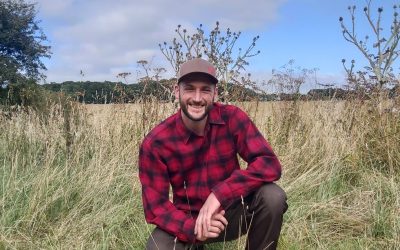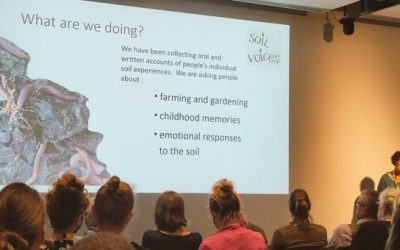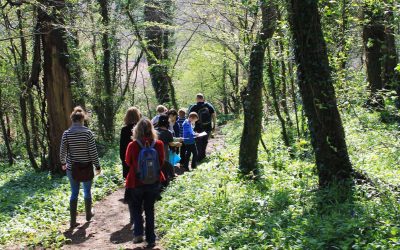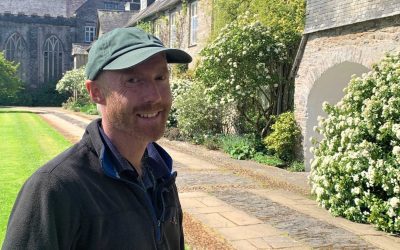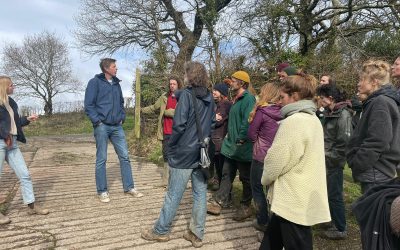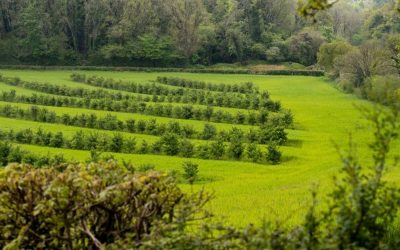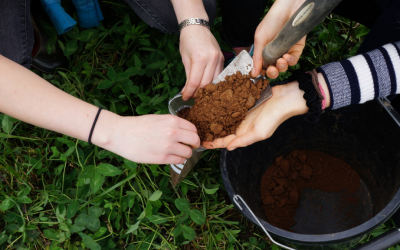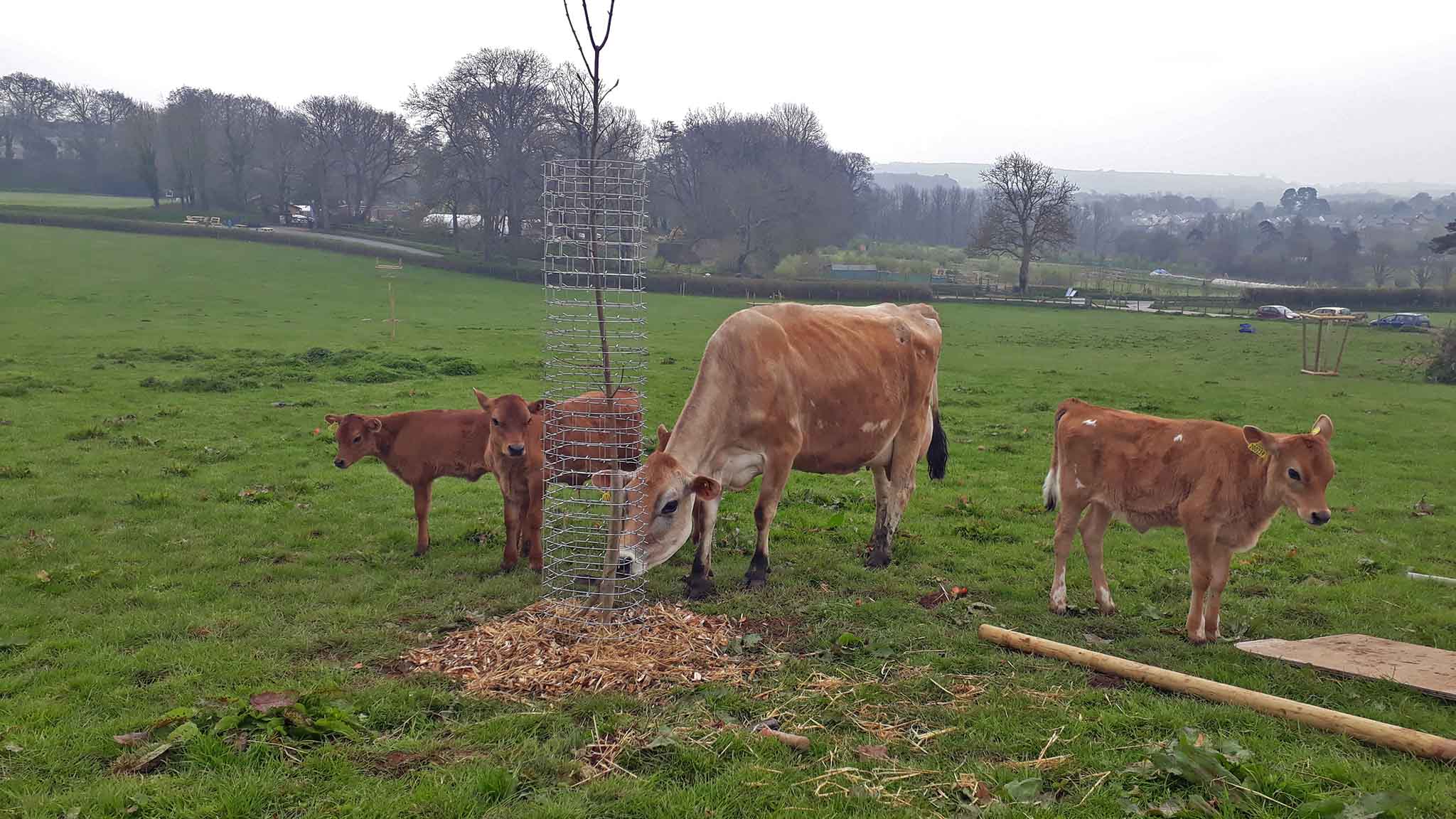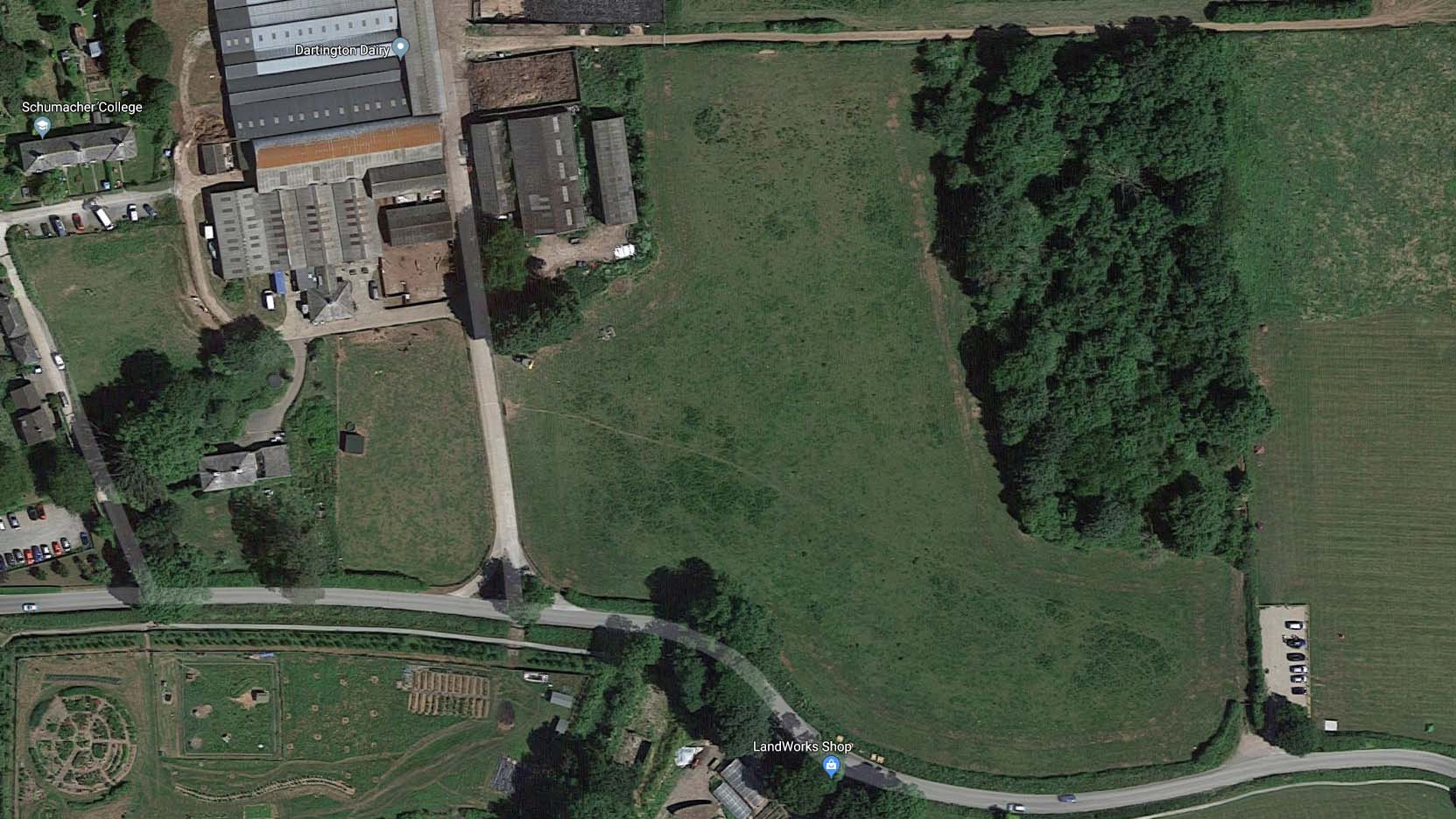Agroforestry at Dartington

What is agroforestry?
The Agroforestry Research Trust, based on our estate, defines agroforestry as ‘…the growing of both trees and agricultural/ horticultural crops on the same piece of land. It is designed to provide tree and other crop products and at the same time protect, conserve, diversify and sustain vital economic, environmental, human and natural resources.
‘It differs from traditional forestry and agriculture by its focus on the interactions amoungst components rather than just on the individual components themselves.’
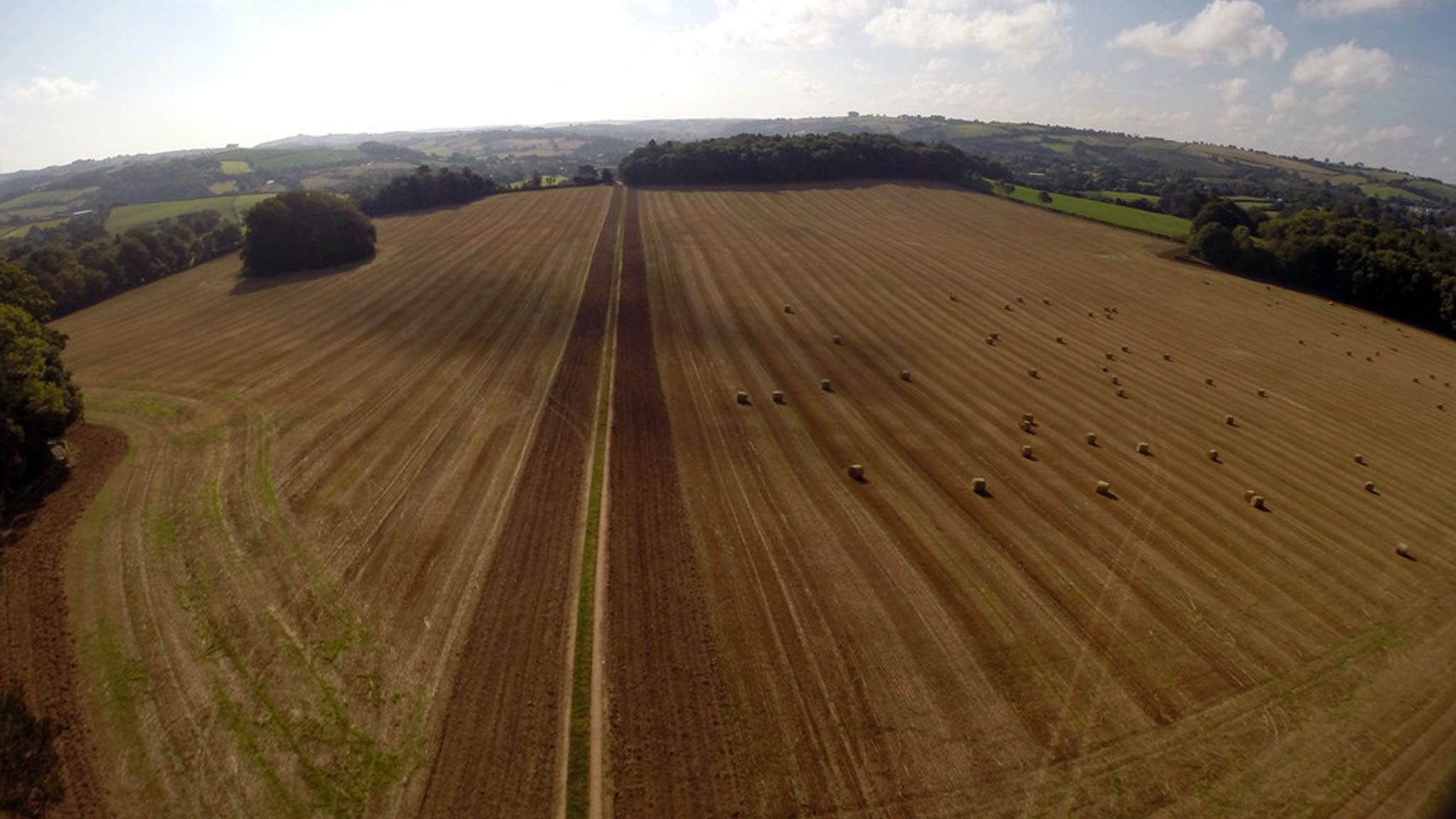
Why do we do it?
Agroforestry increases the overall resilience of our estate. It can provide us with fruit, nuts, timber, biomass and animal fodder in the same space as other crops, increasing the overall yield from the land, and fosters biodiversity through the creation of habitats and food sources. It also builds the economic resilience of farms, as they’re able to farm their land vertically as well as horizontally.
More trees on the landscape also help improve the soil health of the estate, reducing erosion rates, building up soil organic matter and sequestering carbon, as well as helping manage water more effectively as it moves through the landscape.
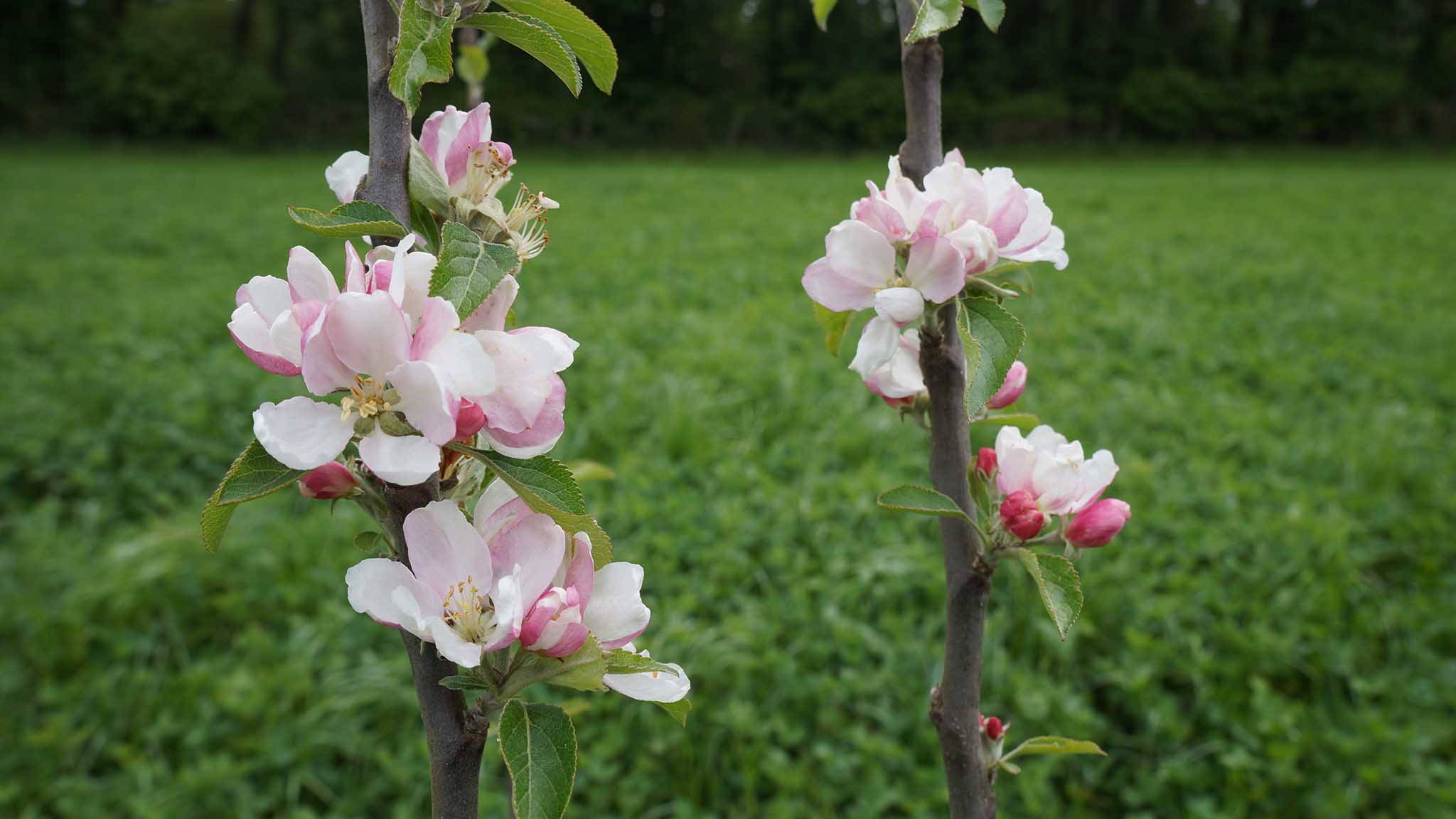
Agroforestry in practice
At Dartington, our pioneering Broadlears Field project – see below – brings together several food producers in one field, and is establishing a compelling new model for how agroforestry might work in practice in the UK.
Our estate has played host to The Agroforestry Research Trust for some years, and encouraging a wider uptake of agroforestry on the estate became one of our priorities. In addition to our Broadlears project partners, there are now two further organisations joining us in practicing agroforestry on the estate: our own Schumacher College and Huxhams Cross Farm.
watch: an introduction to agroforestry
Farmers, including those working on our agroforestry fields at Dartington, explain how the practice works – and how it’s beneficial to crop volumes, soil regeneration, wildlife and the climate.
agroforestry blogs
We haven’t added any new agroforestry blogs for a while. That’s because most of our blogging took place when our agroforestry projects were being established. For latest blogs from across Dartington, head here.
Henri’s Field at Schumacher College
Find out more about our 5 acre growing space, a working market garden and educational testing site for new horticultural and agroecological practices.
New land manager began as a volunteer at Dartington
Meet our new land manager Sebastian Allen-Mepham. In his youth he volunteered with our conservation team and now he is delighted to return to play a part in protecting the land for future generations.
Dartington student presents at World Congress of Soil Science
MSc Regenerative Food and Farming student Jude Allen writes abotu her recent trip to Glasgow to present her work at World Soil Congress.
Trees are not the magic bullet to address climate change
In a month when members of the public have been urged to ‘plant a tree for the Jubilee’, our conservation warden Mike Newby advises that while trees are valuable at capturing carbon, using our land to address climate change needs a more complex approach.
Introducing Dartington’s new head gardener
Dartington’s new head gardener, Neville Evans, talks about his love of trees and his passion for exotic plants – which has taken him around the world from Bicton to Belize.
“How we produce our food is our greatest form of agency over our future.”
Musician turned ecological farmer Andy Cato offers advice to our farming students.In a quest for self-sufficiency and changing the way we eat, Andy Cato left behind a successful music career and bought a farm in the south west of France. Having spent the last 10 years...
Dartington Estate to become an agro-forestry ‘lighthouse’
Dartington Estate is part of a pilot project for the government’s new agri-environmental scheme to encourage farmers to manage their land in a more sustainable way.
In praise of soils: World Soil Day
Happy World Soil Day! Our Conservation and Land Manager writes on the importance of soil, plus watch a special video message from the Head Gardener at Schumacher College.
The Hungry Games with Goats: Introducing the contenders to the arena
The latest update on our silvopasture experiment, where trees are planted along with animals. Which tree guard will survive the attentions of our all-consuming goat population?
Plum plot: A foray into silvopasture
After our Broadlears adventure in silvoarable – and the general take off of agroforestry across the estate – the one area we’ve wanted to focus on next is silvopasture: the art of planting trees in with – and often for the benefit of – animals.

